Home>Gardening & Outdoor>Plant Care & Gardening Tips>What Flowers Are In A Wildflower Mix
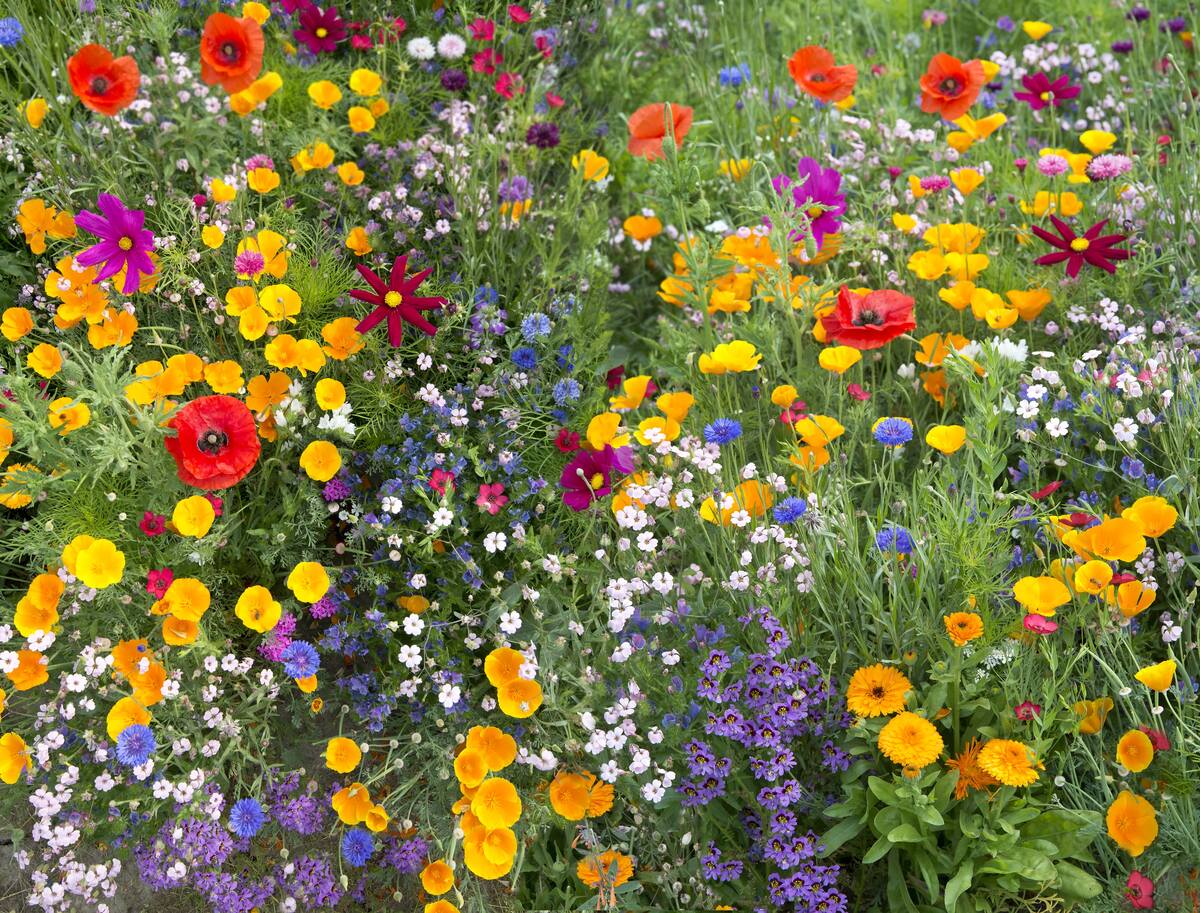

Plant Care & Gardening Tips
What Flowers Are In A Wildflower Mix
Modified: January 9, 2024
Discover the beauty of a wildflower mix and learn about plant care and gardening tips to cultivate a vibrant and diverse garden. Explore the different types of flowers in a wildflower mix and how to care for them.
(Many of the links in this article redirect to a specific reviewed product. Your purchase of these products through affiliate links helps to generate commission for Storables.com, at no extra cost. Learn more)
Introduction
Read more: What Is In The Burpee Wildflower Mix
Introduction
Welcome to the enchanting world of wildflower mixes! If you've ever strolled through a meadow bursting with a kaleidoscope of vibrant blooms, you've witnessed the breathtaking beauty that wildflowers can bring to any landscape. Whether you're an avid gardener, a nature enthusiast, or someone seeking to add a touch of untamed allure to your outdoor space, wildflower mixes offer a delightful and effortless way to cultivate a tapestry of colors and textures.
In this comprehensive guide, we'll delve into the captivating realm of wildflower mixes, exploring the diverse array of flowers they encompass, the nuances of selecting the perfect mix for your specific needs, and the essential tips for planting and nurturing these bountiful blooms. By the end of this journey, you'll be equipped with the knowledge and inspiration to embark on your own wildflower adventure, transforming your garden, balcony, or any outdoor expanse into a mesmerizing haven for pollinators and humans alike.
So, let's embark on this floral escapade and uncover the wonders of wildflower mixes, where nature's untamed splendor awaits!
What is a Wildflower Mix?
Key Takeaways:
- Wildflower mixes are a vibrant blend of native flowers, attracting pollinators and adding natural charm to any space, while supporting local ecosystems and biodiversity.
- When choosing a wildflower mix, consider local adaptation, site characteristics, intent, and color palette to create a thriving and visually captivating display of blooms.
What is a Wildflower Mix?
A wildflower mix is a harmonious blend of various flowering plant seeds that are native to a specific region or ecosystem. These mixes are thoughtfully curated to mimic the natural beauty and biodiversity found in wild meadows, prairies, and other undomesticated landscapes. By encompassing an assortment of annuals, perennials, and biennials, wildflower mixes offer a rich tapestry of colors, shapes, and fragrances, creating a captivating display that evolves throughout the seasons.
One of the most appealing aspects of wildflower mixes is their effortless adaptability to diverse environments, making them suitable for gardens, urban landscapes, and even roadside plantings. Whether you envision a serene cottage garden adorned with delicate blooms or a vibrant urban oasis buzzing with pollinators, wildflower mixes provide an accessible and sustainable means of infusing natural charm into any setting.
Furthermore, these mixes play a crucial role in supporting local ecosystems by providing nectar and pollen for bees, butterflies, and other vital pollinators. As such, they contribute to the preservation of biodiversity and the overall health of the environment. Embracing the untamed allure of wildflower mixes not only adds aesthetic appeal to outdoor spaces but also fosters a deeper connection to the natural world, inviting moments of wonder and tranquility into our lives.
Now that we've uncovered the essence of wildflower mixes, let's embark on a captivating journey to discover the common flowers that grace these enchanting blends, each with its own unique charm and significance.
Common Flowers in Wildflower Mixes
Read more: What To Mix With Wildflower Honey Mead
Common Flowers in Wildflower Mixes
Wildflower mixes encompass a diverse array of flowering plants, each contributing its own distinct hues, shapes, and characteristics to the enchanting tapestry of blooms. From delicate petals that sway in the gentlest breeze to sturdy blossoms that withstand the elements, these common flowers form the heart and soul of wildflower mixes, captivating both the eye and the heart.
1. Black-Eyed Susan (Rudbeckia hirta): With its golden-yellow petals and dark, domed centers, the Black-Eyed Susan adds a cheerful warmth to wildflower mixes. This native North American flower blooms from mid-summer to fall, attracting bees and butterflies with its abundant nectar.
2. Purple Coneflower (Echinacea purpurea): Known for its striking, daisy-like blooms with prominent coppery-orange centers, the Purple Coneflower is a favorite among pollinators. Its sturdy stems and long-lasting flowers make it a resilient and captivating addition to any wildflower mix.
3. California Poppy (Eschscholzia californica): A symbol of the Golden State, the California Poppy boasts vibrant orange, cup-shaped flowers that nod gracefully in the breeze. This resilient and drought-tolerant wildflower adds a pop of color to meadows and gardens, thriving in sunny, well-drained locations.
4. Cornflower (Centaurea cyanus): Also known as Bachelor’s Button, the Cornflower charms with its intense blue blooms, creating a picturesque scene in wildflower mixes. Its delicate, fringed petals and slender stems evoke a sense of nostalgic beauty, attracting beneficial insects and adding a touch of whimsy to the landscape.
5. Lanceleaf Coreopsis (Coreopsis lanceolata): This native perennial dazzles with its bright yellow, daisy-like flowers that dance atop slender, wiry stems. The Lanceleaf Coreopsis thrives in sunny locations and infuses wildflower mixes with its enduring beauty and resilience.
6. Indian Blanket (Gaillardia pulchella): Aptly named for its resemblance to vibrant Native American blankets, this wildflower showcases red and yellow daisy-like flowers that evoke a sense of rustic charm. Flourishing in dry, sunny conditions, the Indian Blanket adds a touch of prairie-inspired allure to any landscape.
These are just a few examples of the captivating flowers that grace wildflower mixes, each contributing its own unique allure and ecological significance. As we continue our exploration, we'll uncover the essential considerations for choosing the perfect wildflower mix to suit your gardening aspirations and environmental conditions.
How to Choose the Right Wildflower Mix
How to Choose the Right Wildflower Mix
When embarking on the delightful journey of selecting a wildflower mix, several key factors come into play to ensure a harmonious and thriving display of blooms. Whether you seek to create a pollinator-friendly habitat, enhance the visual appeal of your garden, or restore a natural ecosystem, thoughtful considerations will guide you toward the perfect blend of wildflowers tailored to your unique aspirations and environmental conditions.
1. Local Adaptation: Consider the native wildflowers indigenous to your region, as they are naturally adapted to the local climate, soil, and wildlife. Opting for a mix that includes native species not only supports local biodiversity but also increases the likelihood of successful establishment and long-term resilience.
2. Site Characteristics: Assess the environmental conditions of the planting site, including sunlight exposure, soil type, and moisture levels. Some wildflowers thrive in sunny, well-drained areas, while others prefer partial shade or moist, low-lying locations. By aligning the mix with the site’s specific attributes, you can optimize the chances of a flourishing and visually captivating display.
3. Intent and Purpose: Define the purpose of the wildflower planting, whether it’s to attract pollinators, create a low-maintenance landscape, or restore a natural habitat. Different wildflower mixes cater to varying objectives, such as supporting specific pollinator species, providing seasonal color, or enriching the soil with nitrogen-fixing plants.
4. Longevity and Succession: Consider the desired longevity of the wildflower display and whether you prefer a mix dominated by annuals, perennials, or a combination of both. Annual wildflowers offer vibrant blooms in their first year, while perennials provide enduring beauty and may require more time to establish but return year after year.
5. Color Palette and Aesthetic: Envision the color scheme and visual impact you wish to achieve, whether it’s a harmonious blend of pastels, a riot of bold hues, or a serene monochromatic display. Some wildflower mixes are curated to evoke specific themes or seasonal transitions, allowing you to tailor the aesthetic to your personal preferences.
By carefully weighing these considerations and consulting with local gardening experts or native plant nurseries, you can select a wildflower mix that aligns with your vision, environmental context, and the ecological needs of your area. With the perfect mix in hand, it’s time to delve into the essential practices for planting and nurturing these captivating blooms, ensuring a seamless and rewarding experience from sowing to flourishing splendor.
Planting and Caring for Wildflower Mixes
Planting and Caring for Wildflower Mixes
As you embark on the journey of sowing and nurturing a wildflower mix, embracing the art of planting and caring for these captivating blooms will ensure a flourishing display that beckons both pollinators and admirers. Whether you’re adorning a garden, meadow, or urban landscape, the following steps will guide you through the process, from sowing the seeds to fostering a vibrant tapestry of wildflowers.
1. Site Preparation: Begin by preparing the planting site, ensuring the soil is free of debris, weeds, and large clumps. Loosen the top layer of soil to create a receptive bed for the seeds, and consider incorporating organic matter or compost to enhance soil fertility and moisture retention.
2. Seed Sowing: Depending on the size of the planting area, consider hand-broadcasting the seeds or using a seed spreader to achieve an even distribution. Lightly rake the seeds into the soil at the recommended depth, typically 1/8 to 1/4 inch, and gently tamp the soil to ensure good seed-to-soil contact.
3. Watering and Establishment: After sowing, provide a gentle watering to settle the seeds into the soil. Depending on the climate and rainfall patterns, monitor the moisture levels and aim to keep the soil consistently moist but not waterlogged during the germination and establishment phase.
4. Weed Management: As the wildflowers germinate and establish, be vigilant in managing weeds that may compete for resources and hinder the growth of the desired plants. Hand-weeding and mulching can help suppress weeds while allowing the wildflowers to thrive.
5. Seasonal Care: Throughout the growing season, observe the wildflower mix as it evolves, noting any areas that may require additional watering during dry spells. While wildflowers are often resilient, providing supplemental water during prolonged droughts can support their vitality and longevity.
6. Post-Bloom Maintenance: Once the wildflowers have completed their blooming cycle, consider mowing or gently raking the area to disperse seeds for future growth. Some perennial wildflowers may benefit from light grooming to encourage healthy regrowth and seed dispersal.
By nurturing the wildflower mix with attentive care and embracing the natural rhythms of the plants, you’ll witness a captivating transformation as the landscape blooms with an array of colors and textures. This harmonious blend of wildflowers not only enriches the environment but also invites moments of awe and tranquility, fostering a deeper connection to the beauty and resilience of nature.
As we conclude our exploration of planting and caring for wildflower mixes, we invite you to reflect on the profound impact these enchanting blooms can have on the world around us, inspiring a sense of wonder and reverence for the intricate tapestry of life that unfolds in every petal and leaf.
Conclusion
Conclusion
As we bid adieu to this captivating journey through the realm of wildflower mixes, we are reminded of the profound beauty and ecological significance these enchanting blooms bring to our lives and landscapes. From the cheerful nod of Black-Eyed Susans to the vibrant allure of California Poppies, wildflower mixes offer a symphony of colors and textures that captivate the senses and nourish the soul.
Embracing the art of selecting, planting, and caring for wildflower mixes opens a world of possibilities, inviting us to become stewards of biodiversity, advocates for pollinators, and creators of natural sanctuaries. With each carefully curated blend of native wildflowers, we contribute to the preservation of local ecosystems, the restoration of natural habitats, and the celebration of nature’s untamed splendor.
As these blossoms sway in the breeze and beckon a myriad of pollinators, they remind us of the interconnectedness of all living beings and the delicate balance that sustains our planet. Through the simple act of sowing wildflower seeds, we sow the seeds of wonder, resilience, and hope for a future where the landscapes abound with biodiversity and the human spirit finds solace in nature’s embrace.
So, whether you’re a seasoned gardener, a nature enthusiast, or someone seeking to infuse a touch of wild beauty into your surroundings, may the allure of wildflower mixes inspire you to embark on your own floral odyssey. Let the colors dance, the fragrances enchant, and the pollinators thrive as you nurture a mosaic of blooms that celebrates the artistry of nature.
As we part ways, may the spirit of wildflowers accompany you, infusing your days with the timeless magic of the natural world. Until we meet again amidst the blossoms and beyond, may your heart be as wild and free as the meadows adorned with these captivating blooms.
With petals of gratitude and seeds of inspiration, we bid you farewell, knowing that the enchanting world of wildflower mixes awaits, ready to bestow its wonders upon those who seek to embrace its untamed allure.
Frequently Asked Questions about What Flowers Are In A Wildflower Mix
Was this page helpful?
At Storables.com, we guarantee accurate and reliable information. Our content, validated by Expert Board Contributors, is crafted following stringent Editorial Policies. We're committed to providing you with well-researched, expert-backed insights for all your informational needs.
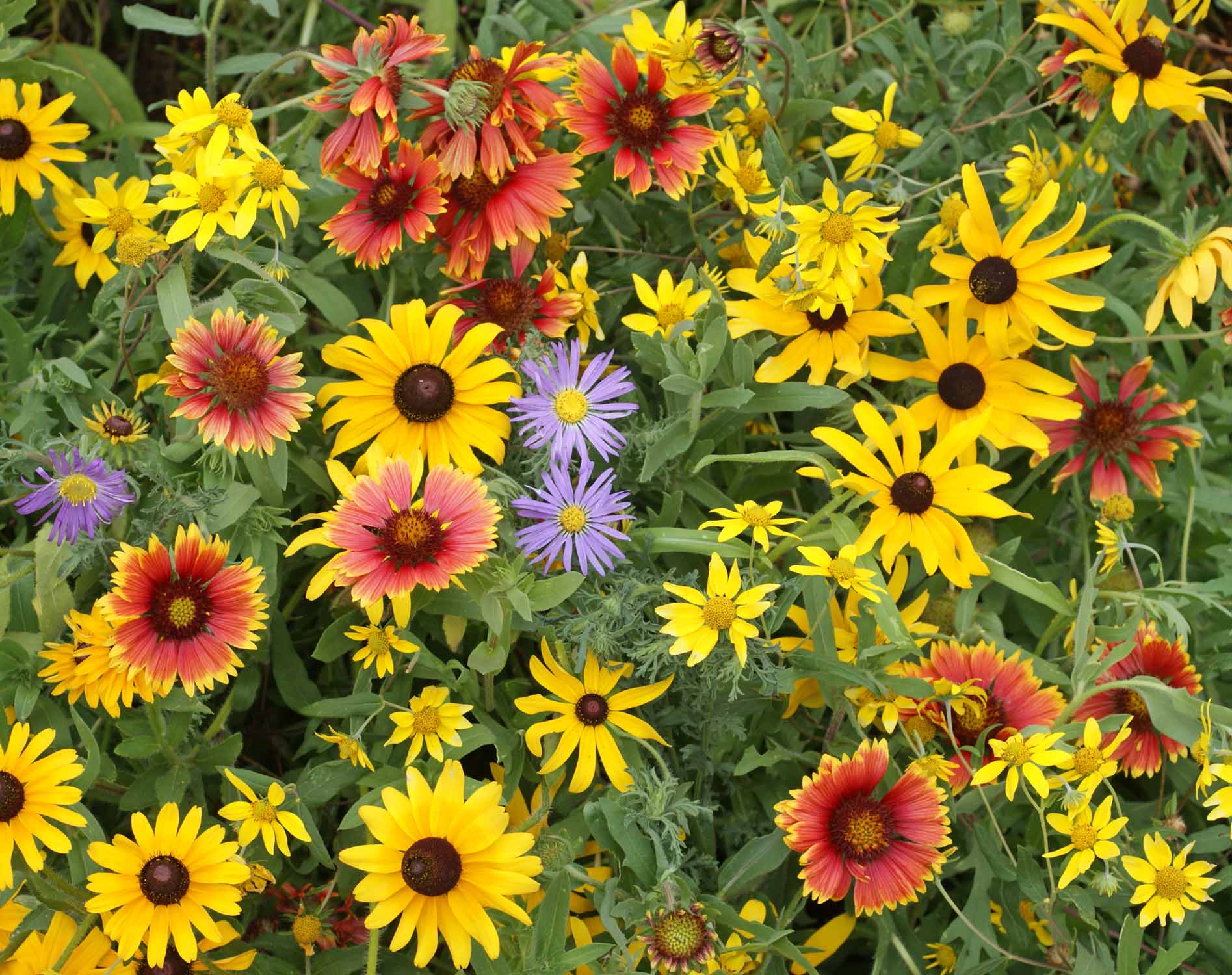
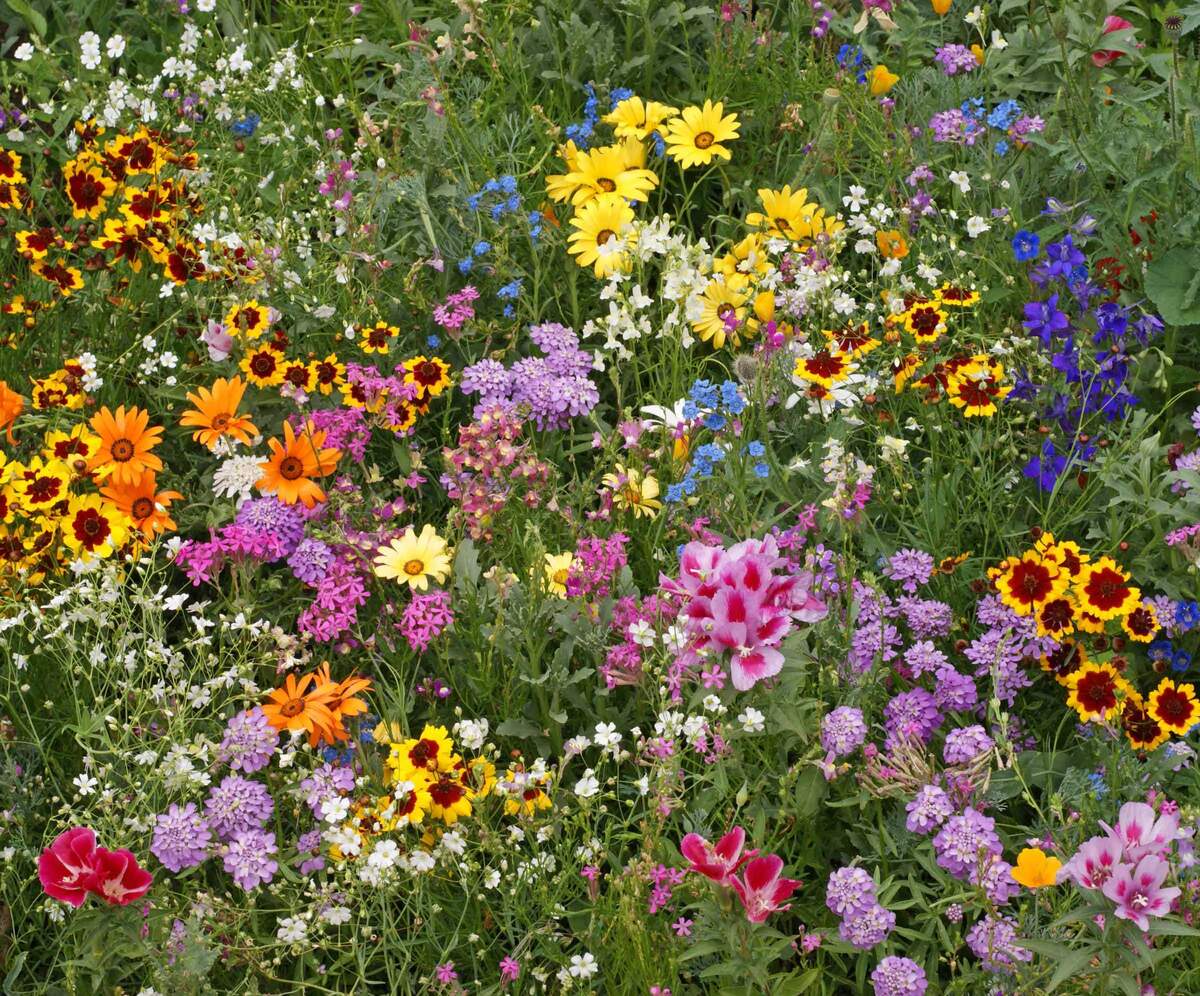
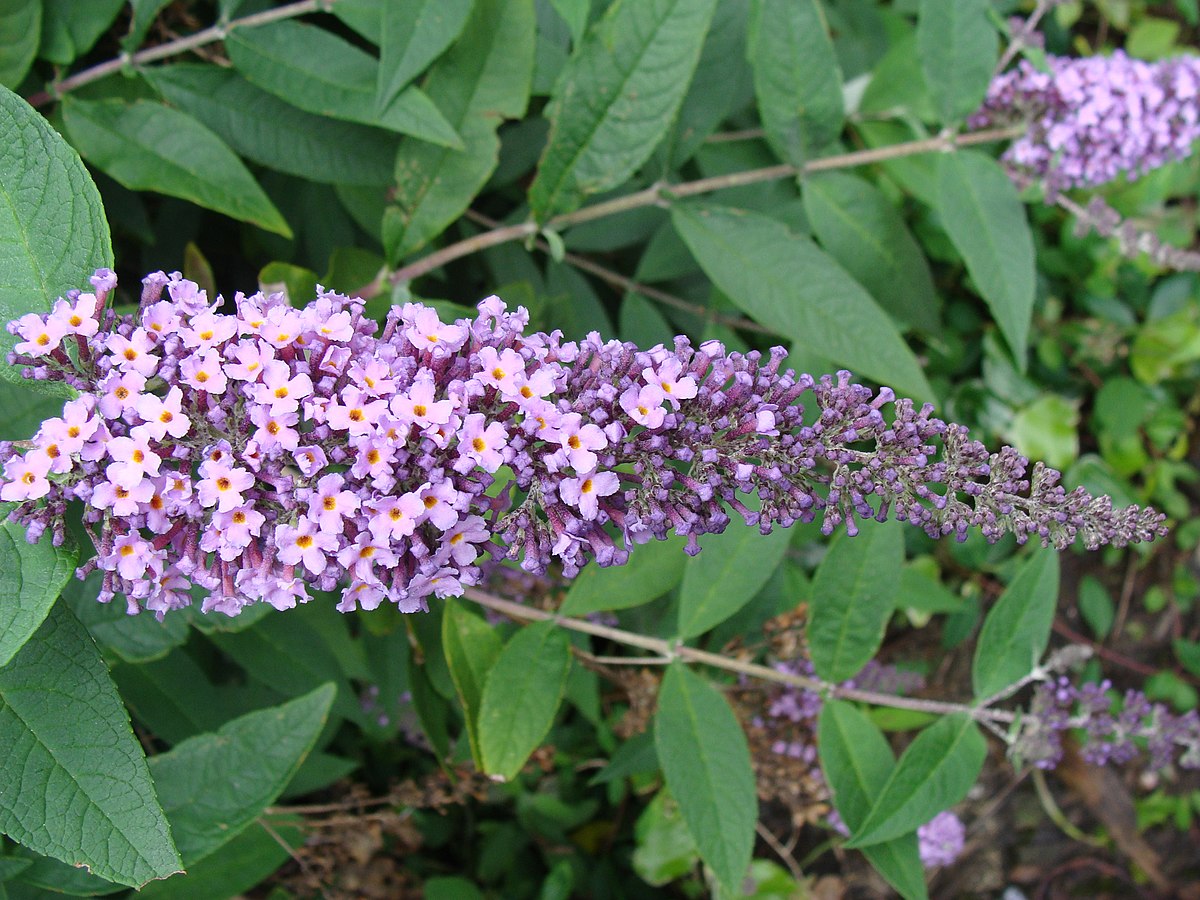
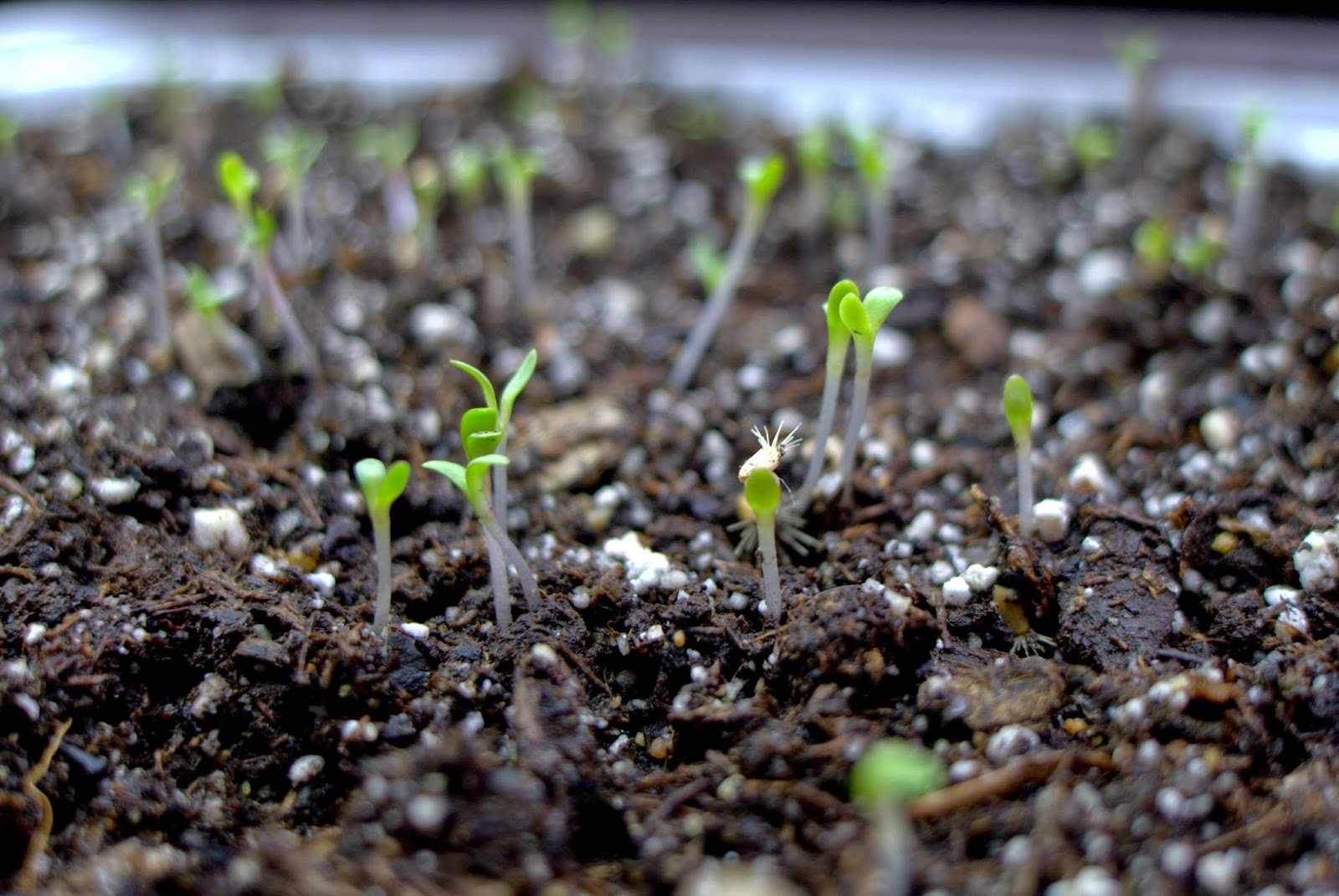
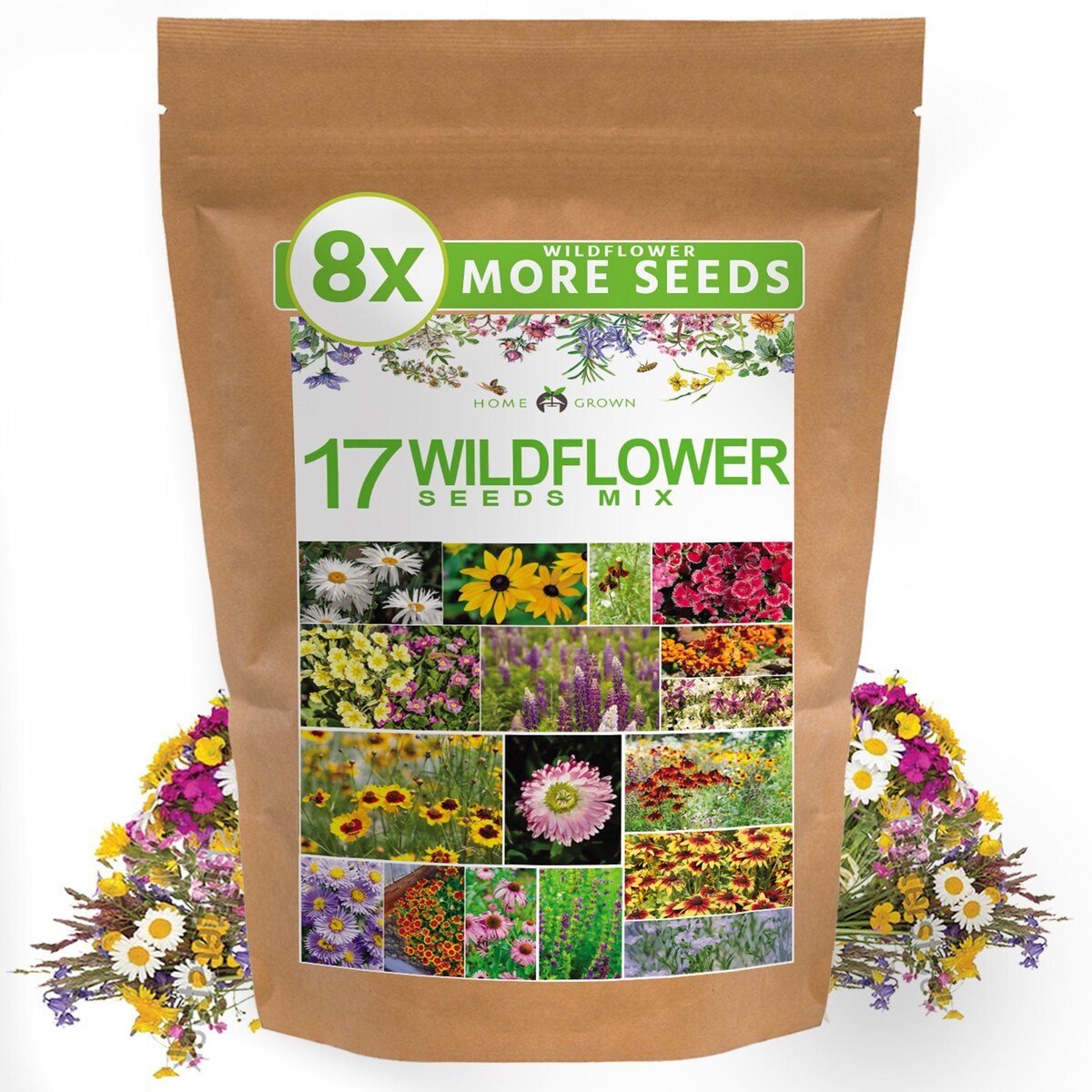
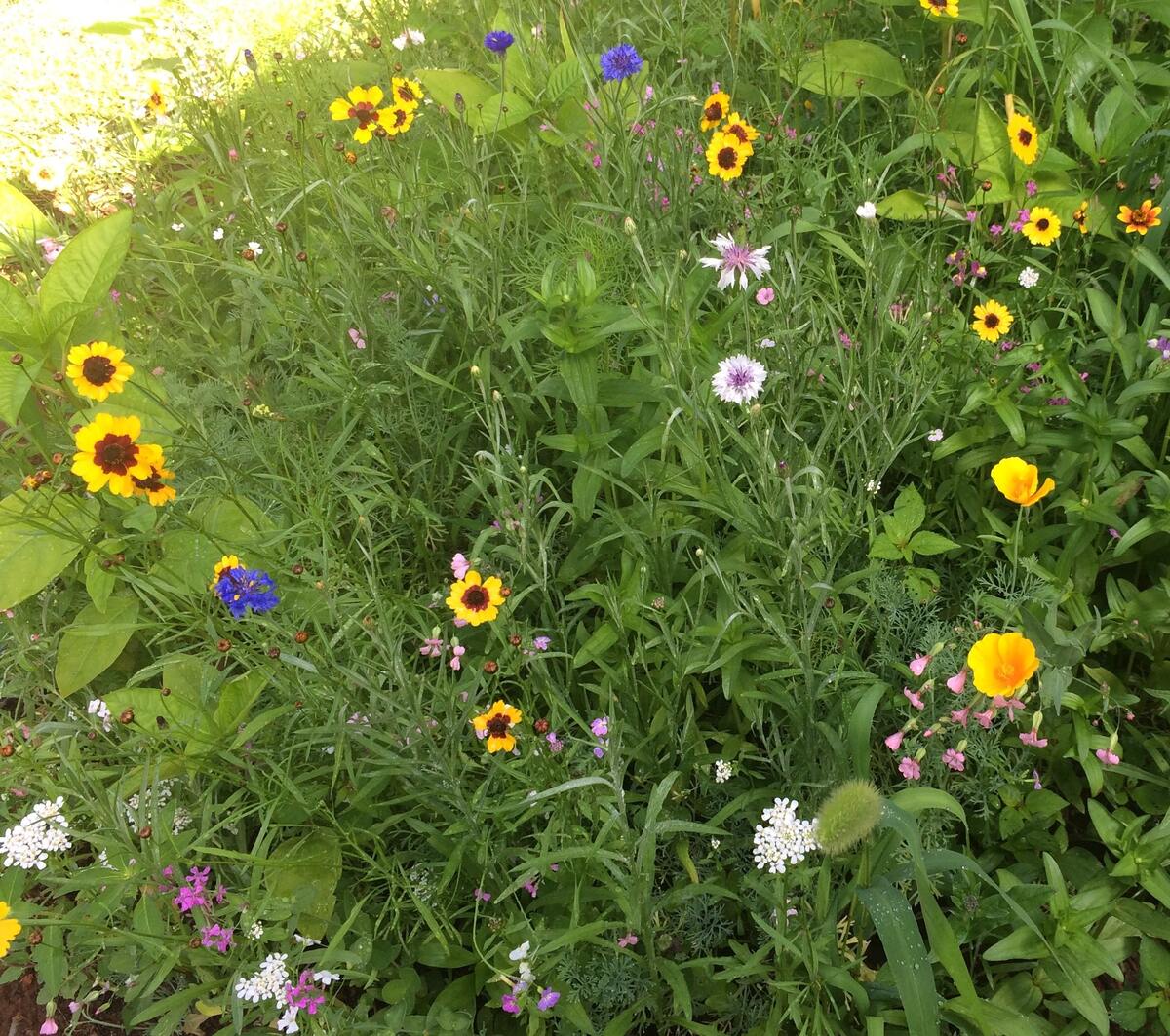
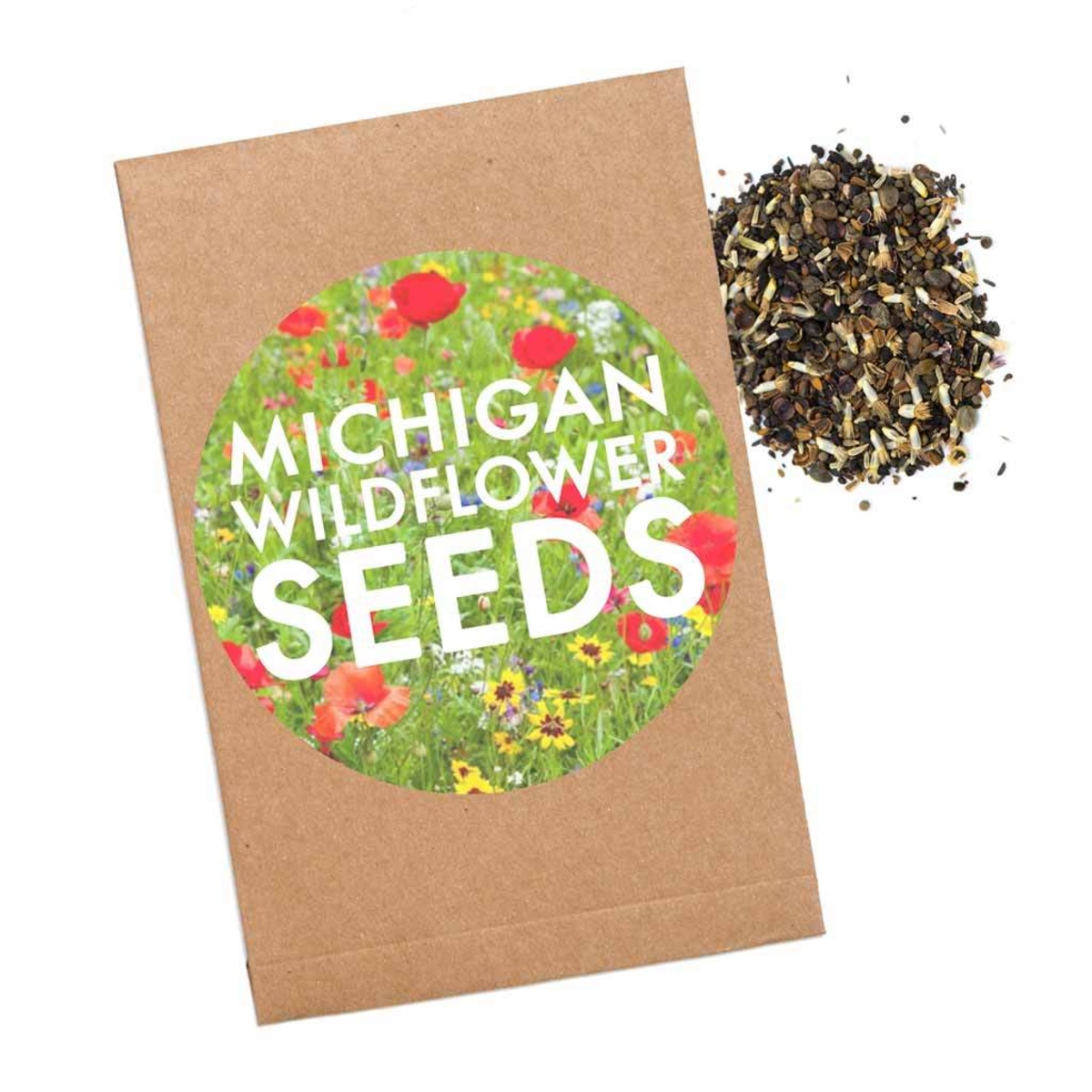
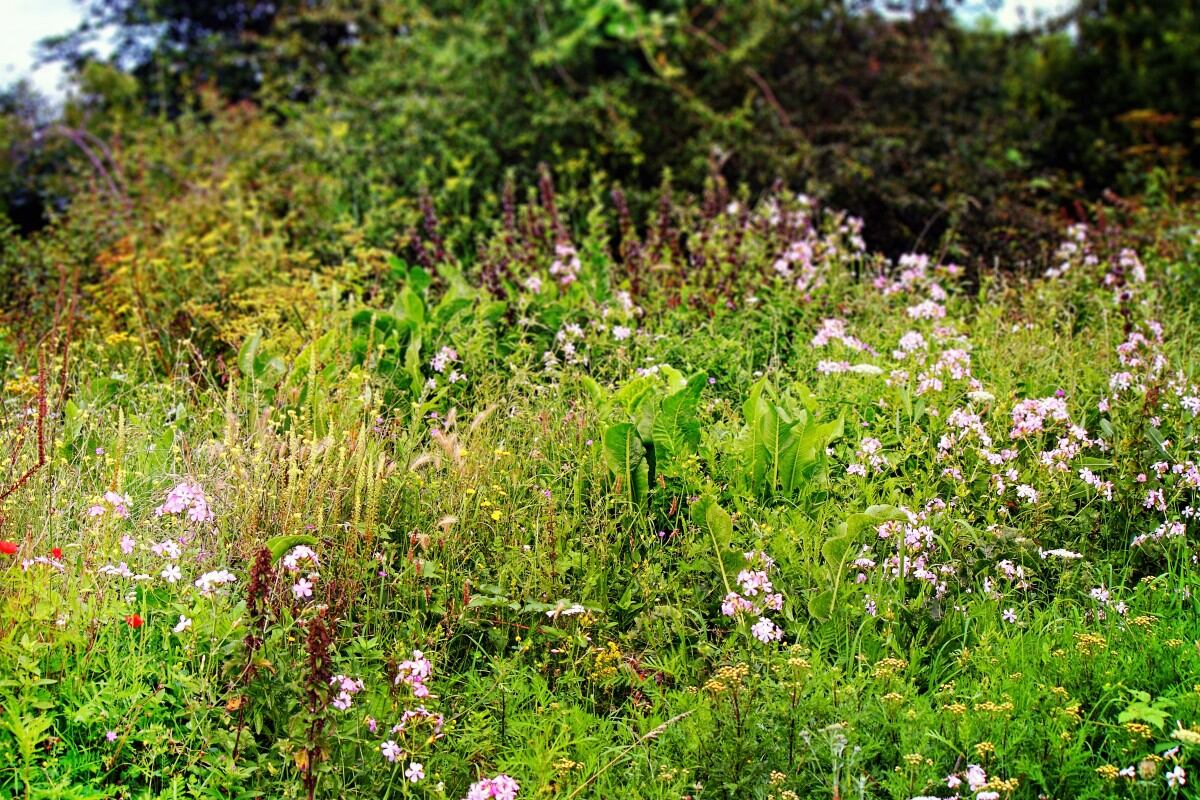
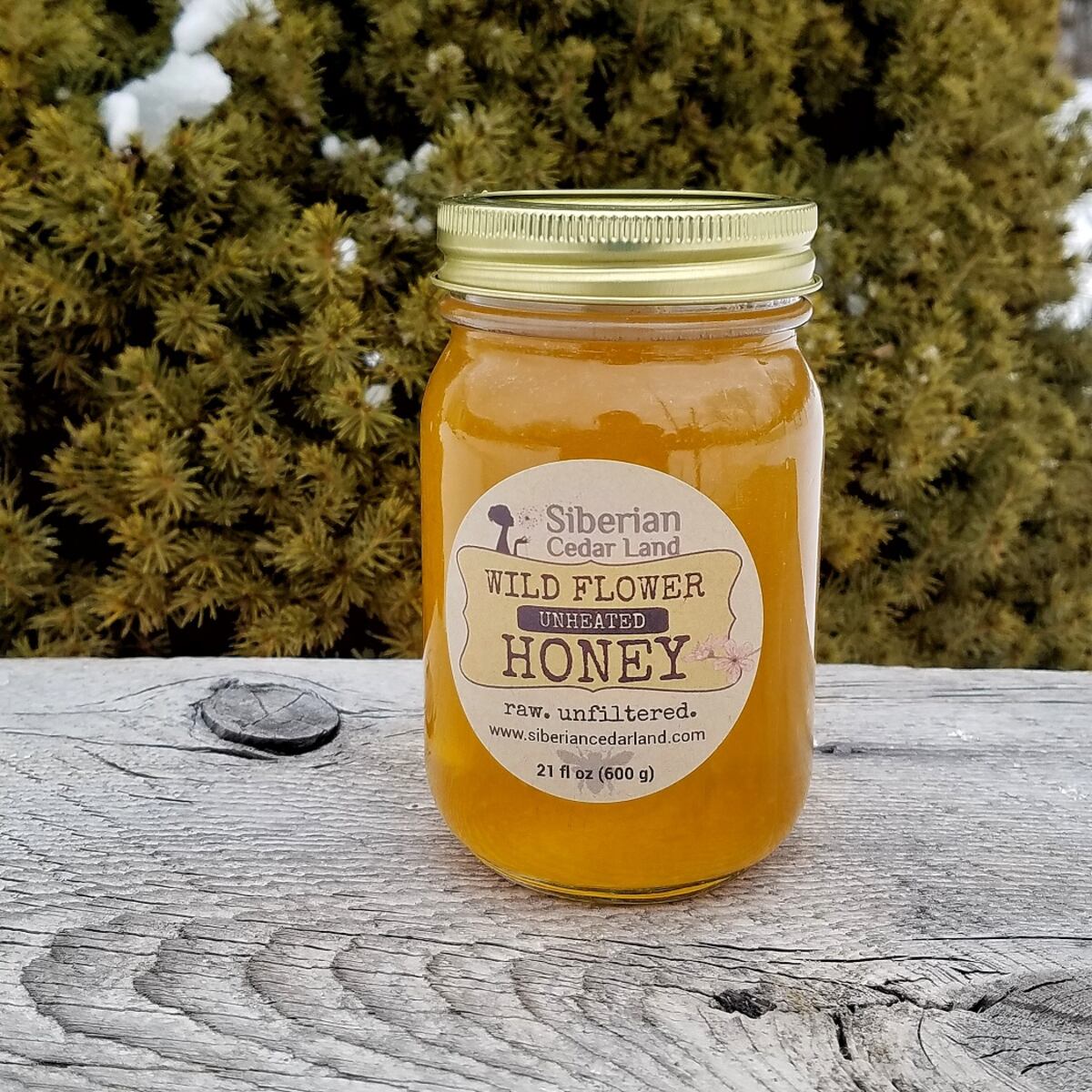
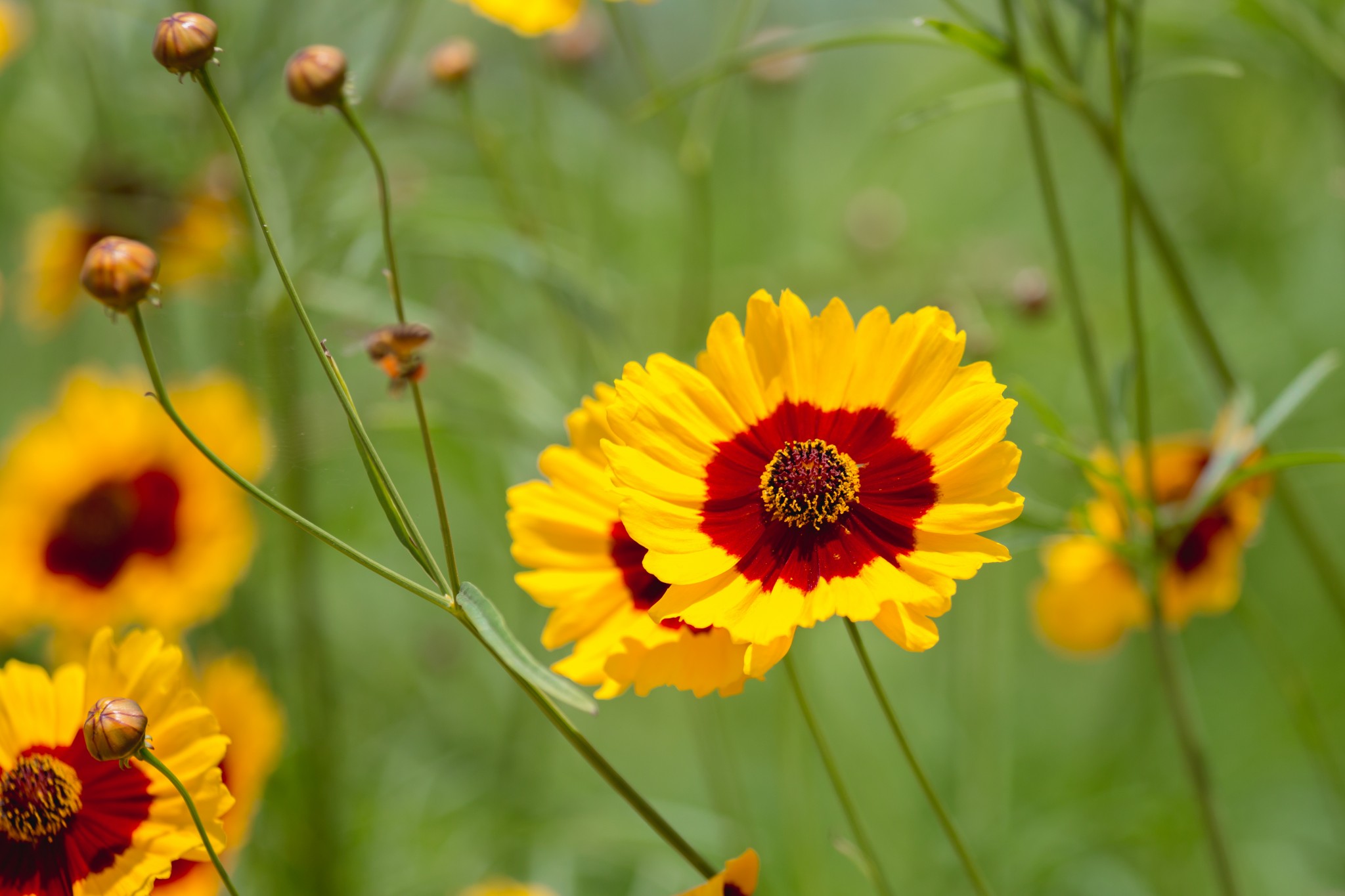
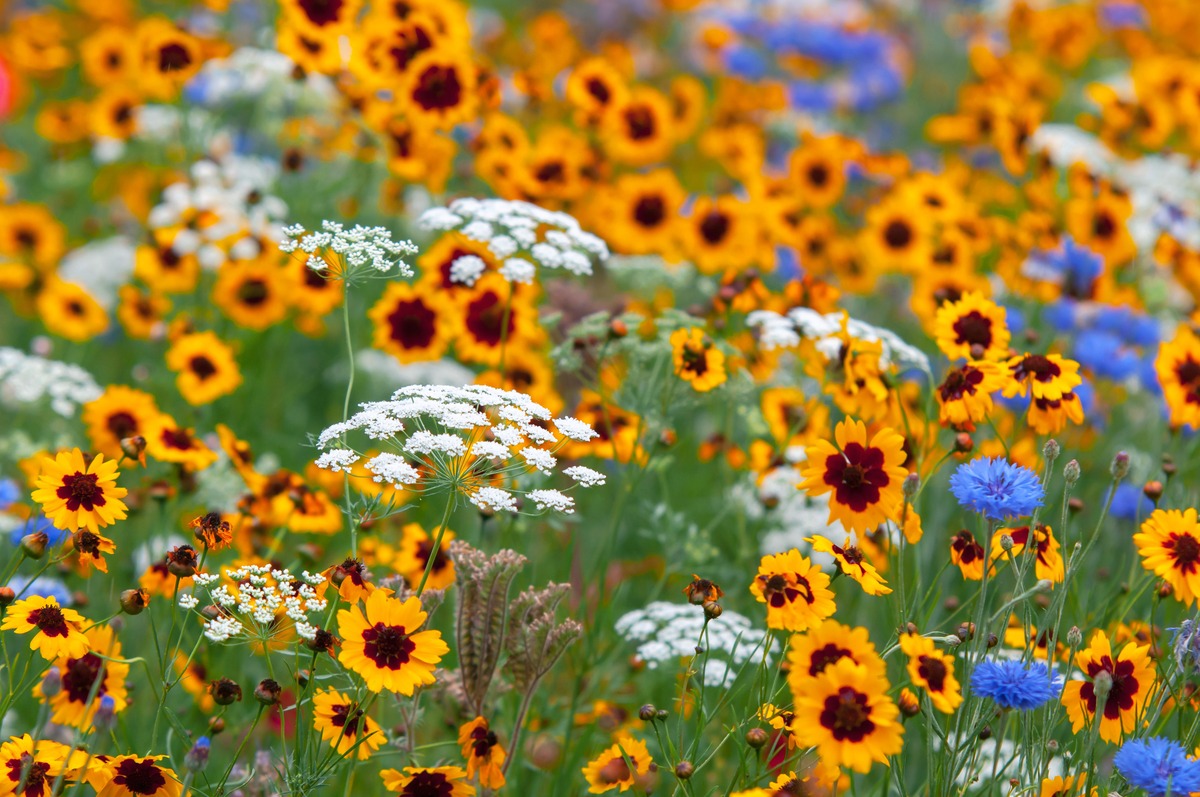
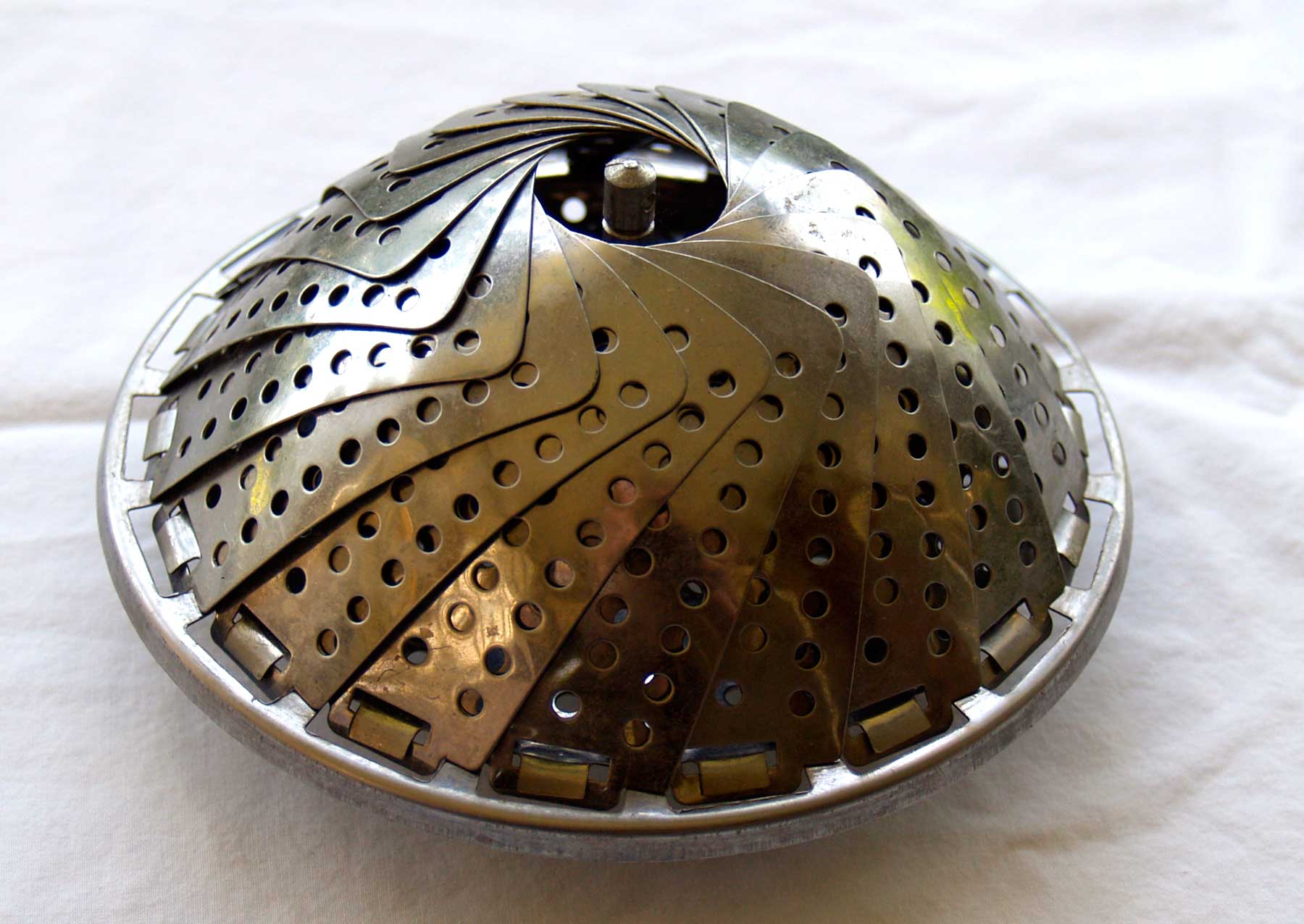
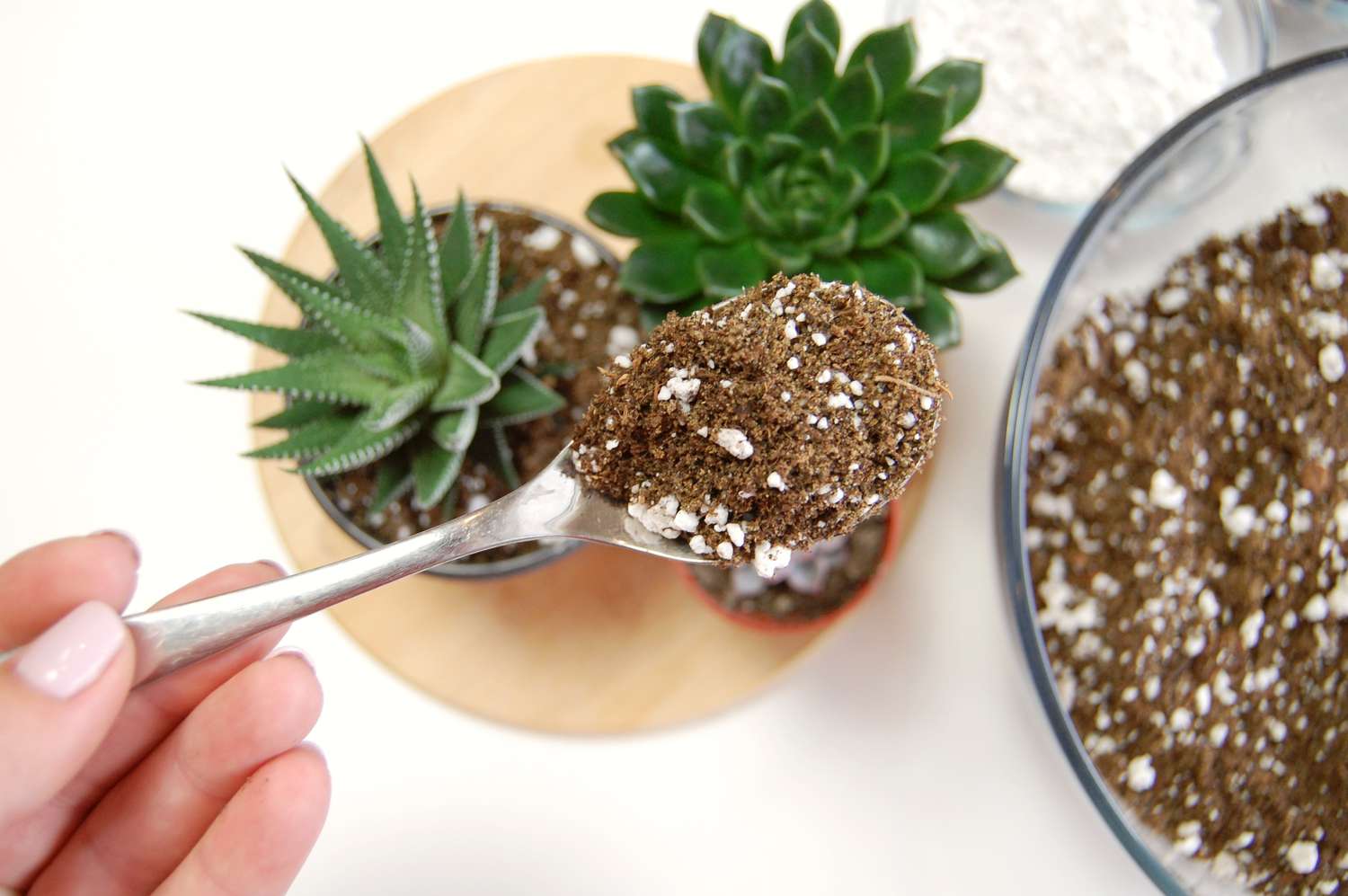

0 thoughts on “What Flowers Are In A Wildflower Mix”